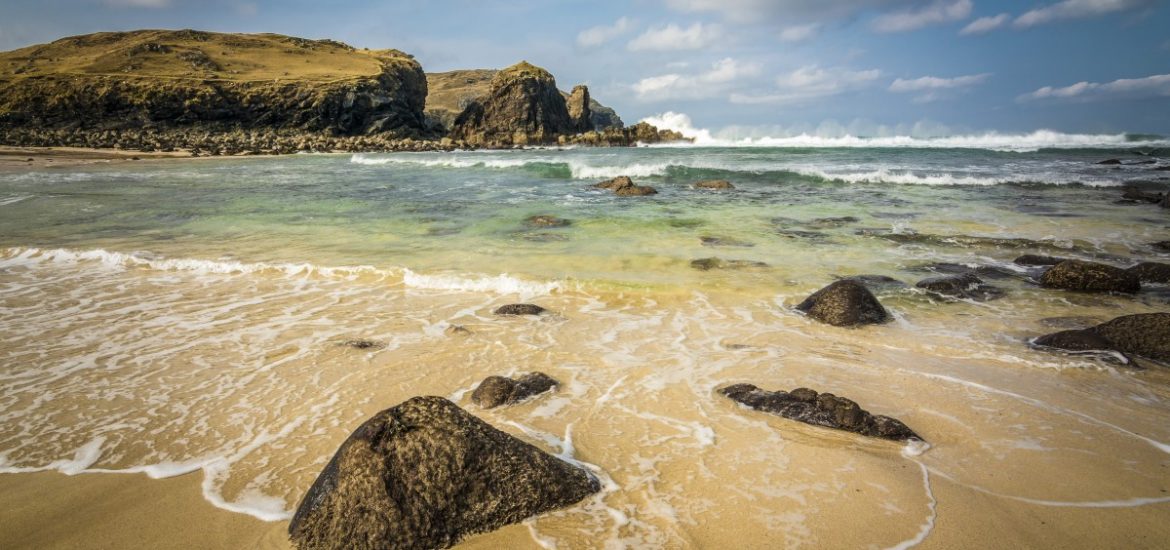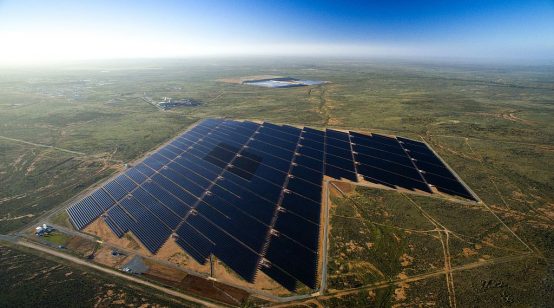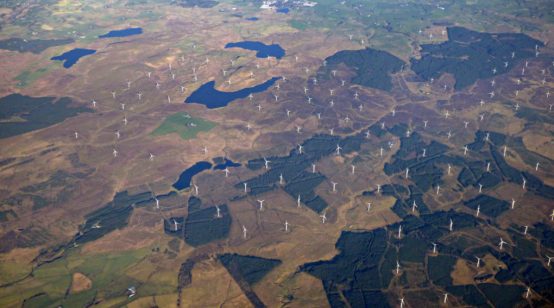
A £709-million underwater electricity link to help Shetland export renewable electricity to mainland Britain has moved a step closer with the UK regulator Ofgem saying it is likely to approve the project and will make a final decision before the end of the year.
The project, which would link Shetland to the UK mainland electricity network for the first time, will help the government secure its 2030 renewable energy commitments made under the 2015 Paris climate agreement.
Ofgem, however, said it was likely to reject a £663-million interconnector to the Western Isles, commonly called the Outer Hebrides (pictured). The regulator said it would instead support alternative proposals for a 450-megawatt cable or possibly a 600MW interconnector but at a reduced cost.
Both developments are being proposed by the Scottish and Southern Energy Networks (SSEN).
The utility said it had managed to reduce the estimated costs of its proposed 600MW link from £663 million to £624 million and the 450MW cable from £617 million to about £596 million.
SSEN had proposed having the Western Isles interconnector laid by 2023.
The projects are regarded as key to allowing more wind farms on the remote islands and seen as necessary to ensure renewable projects can export power to the national grid while improving energy security for the islands.
Shetland’s energy demand will change when the diesel-powered Lerwick Power Station, which will come into breach of emissions law in around 10 years, closes in 2025.
Ofgem said it was likely to approve the 600-megawatt Shetland-to-Caithness interconnector if the Viking Energy wind farm, which is due to have a capacity of up to 457 megawatts, wins a subsidy through the UK’s Contracts for Difference (CfD) auction, which is the main mechanism for supporting green electricity generation.
SSEN aims to have the Shetland interconnector completed in 2024.
Cathryn Scott, an Ofgem director, said the regulator would probably approve a 450MW link for the sparsely populated Western Isles. “In terms of a larger link we would need more evidence that the size of the link was in the consumers’ interest,” she said.
“All consumers pay for the costs of the energy network, including transmission links. So, we have to ensure that they get value for money.
“We would support a larger Western Isles transmission link if SSEN can demonstrate enough wind farm projects are likely to be built on the islands.
“But as things stand there is not sufficient certainty projects will come forward.”
The Western Isles (Outer Hebrides). Picture credit: PXHere





